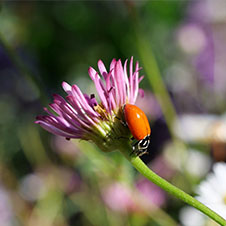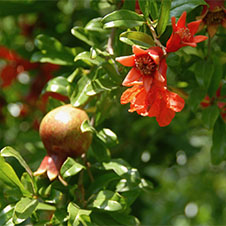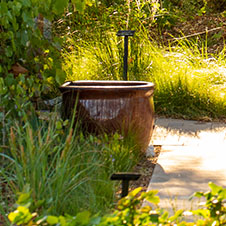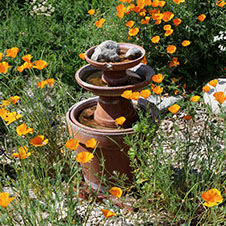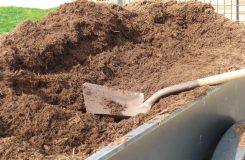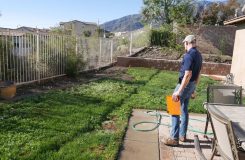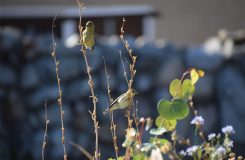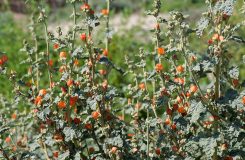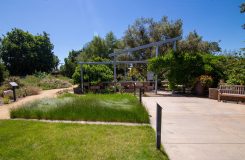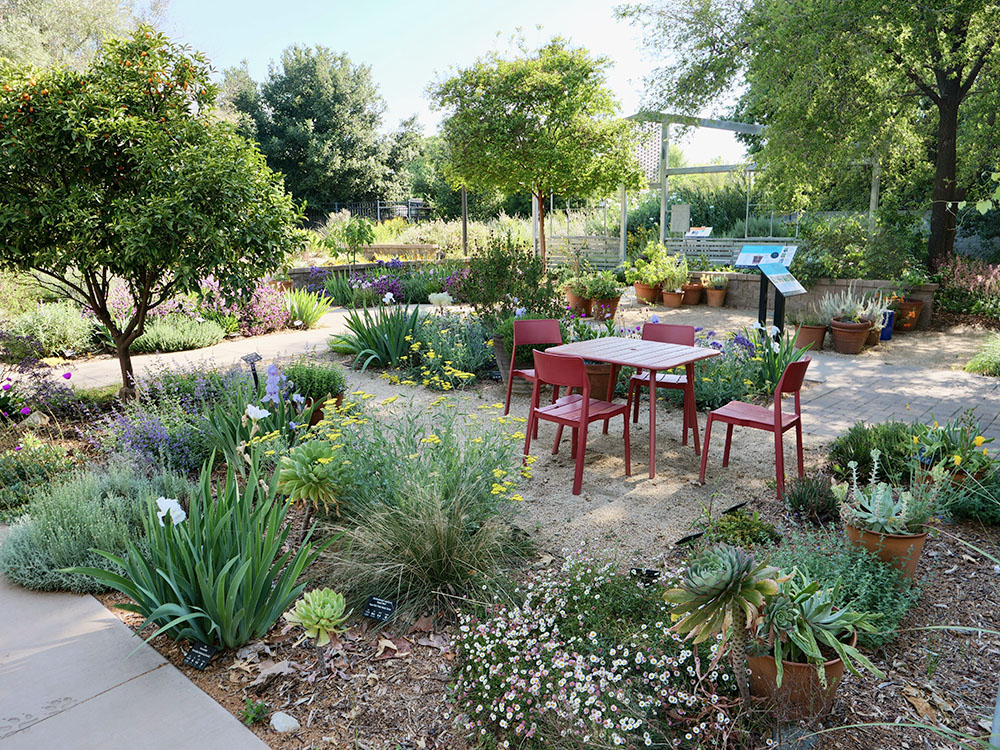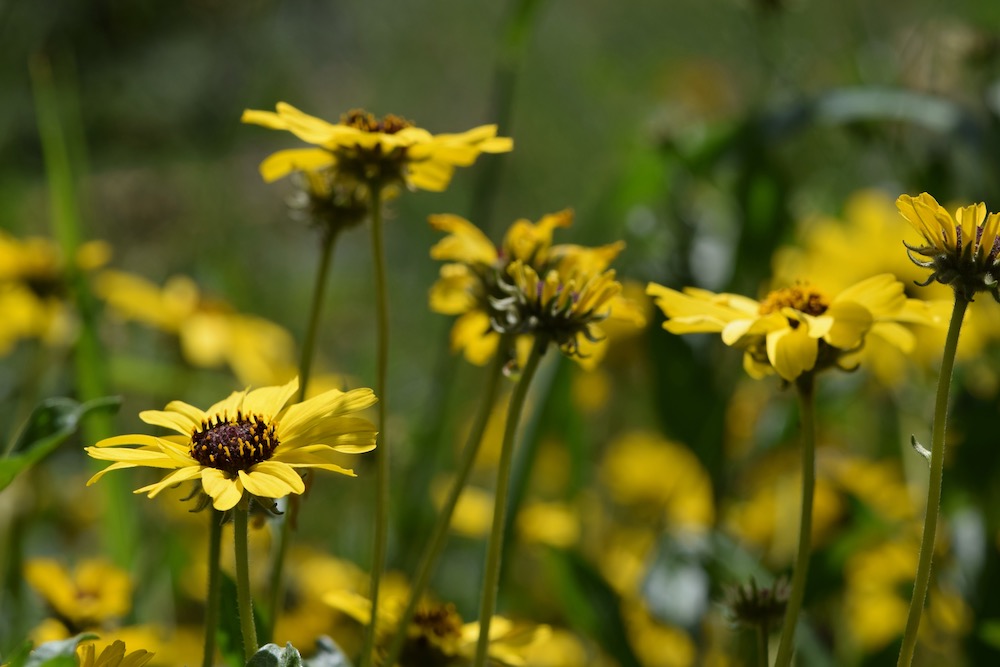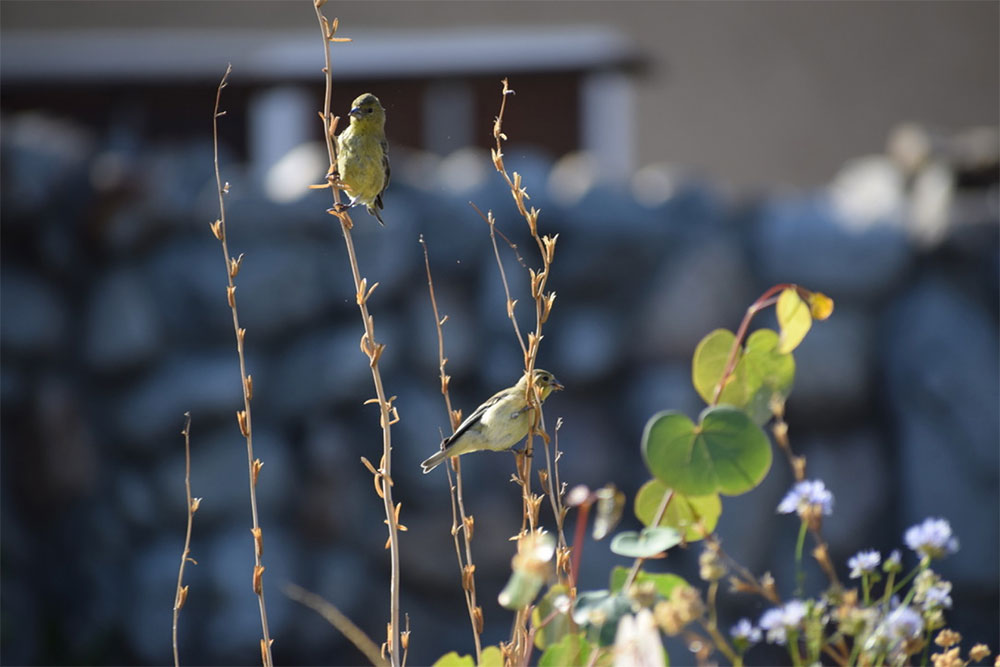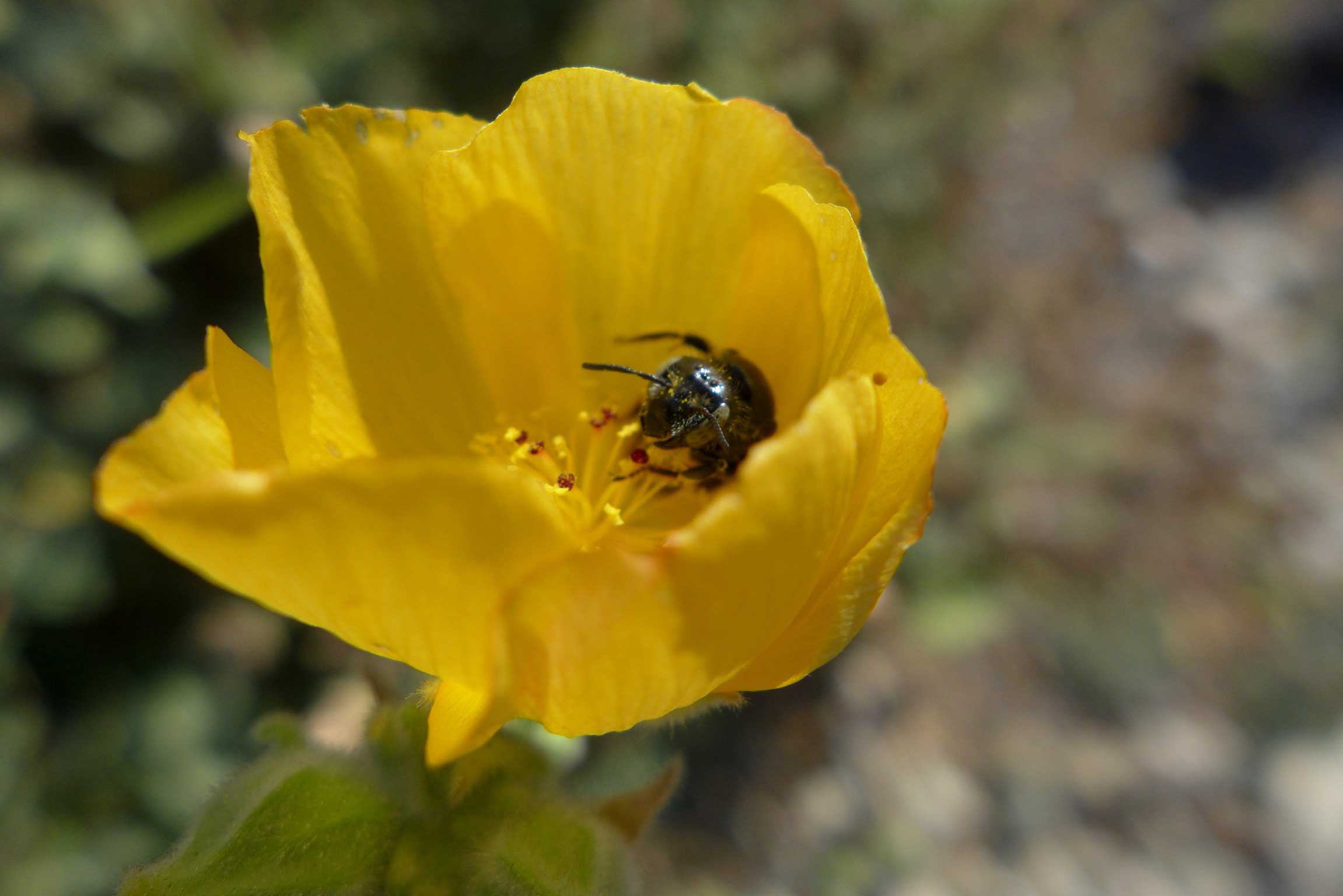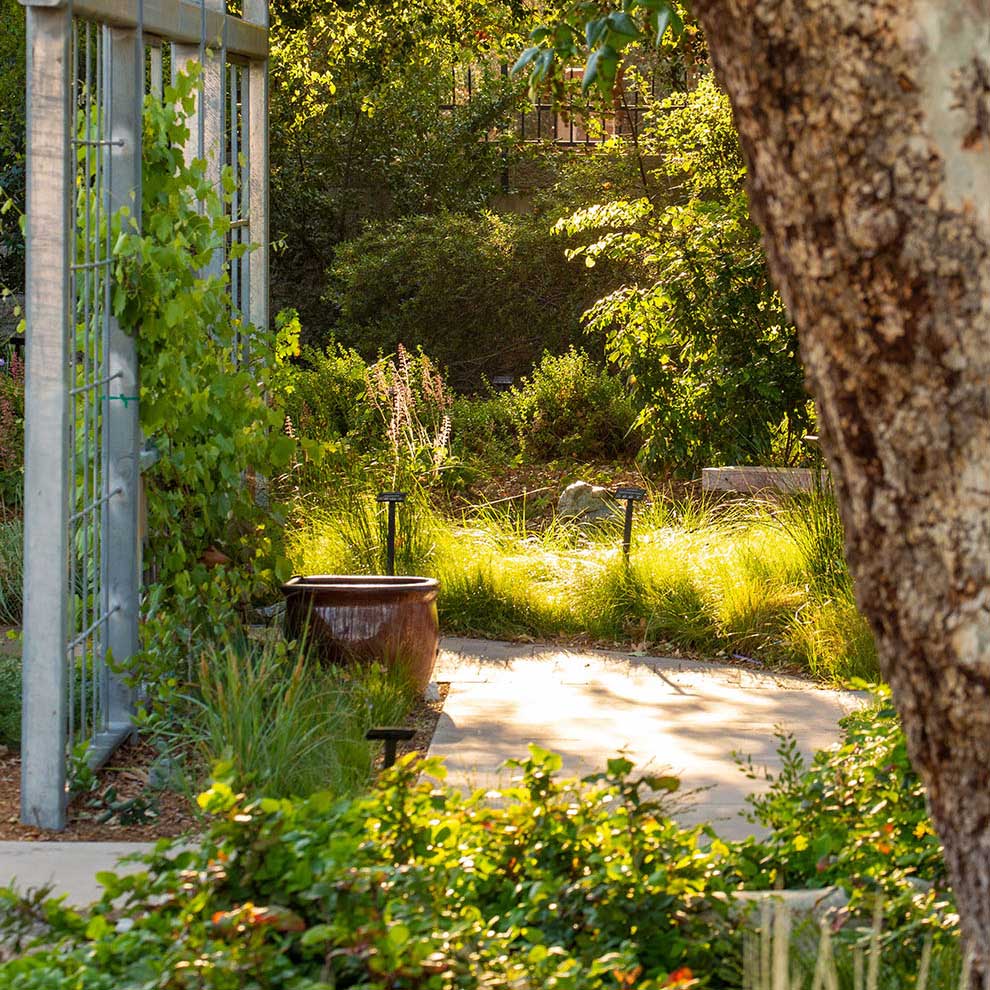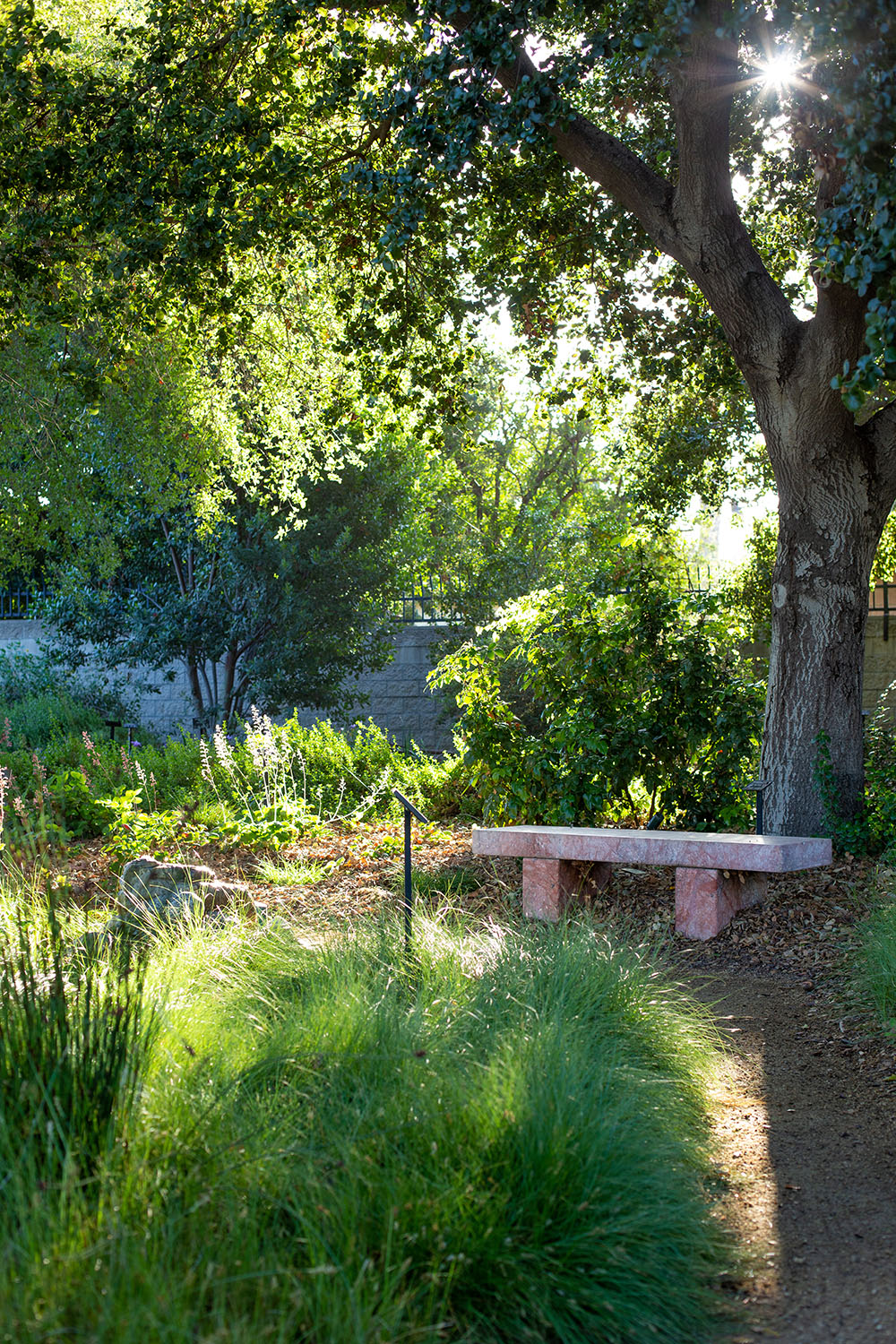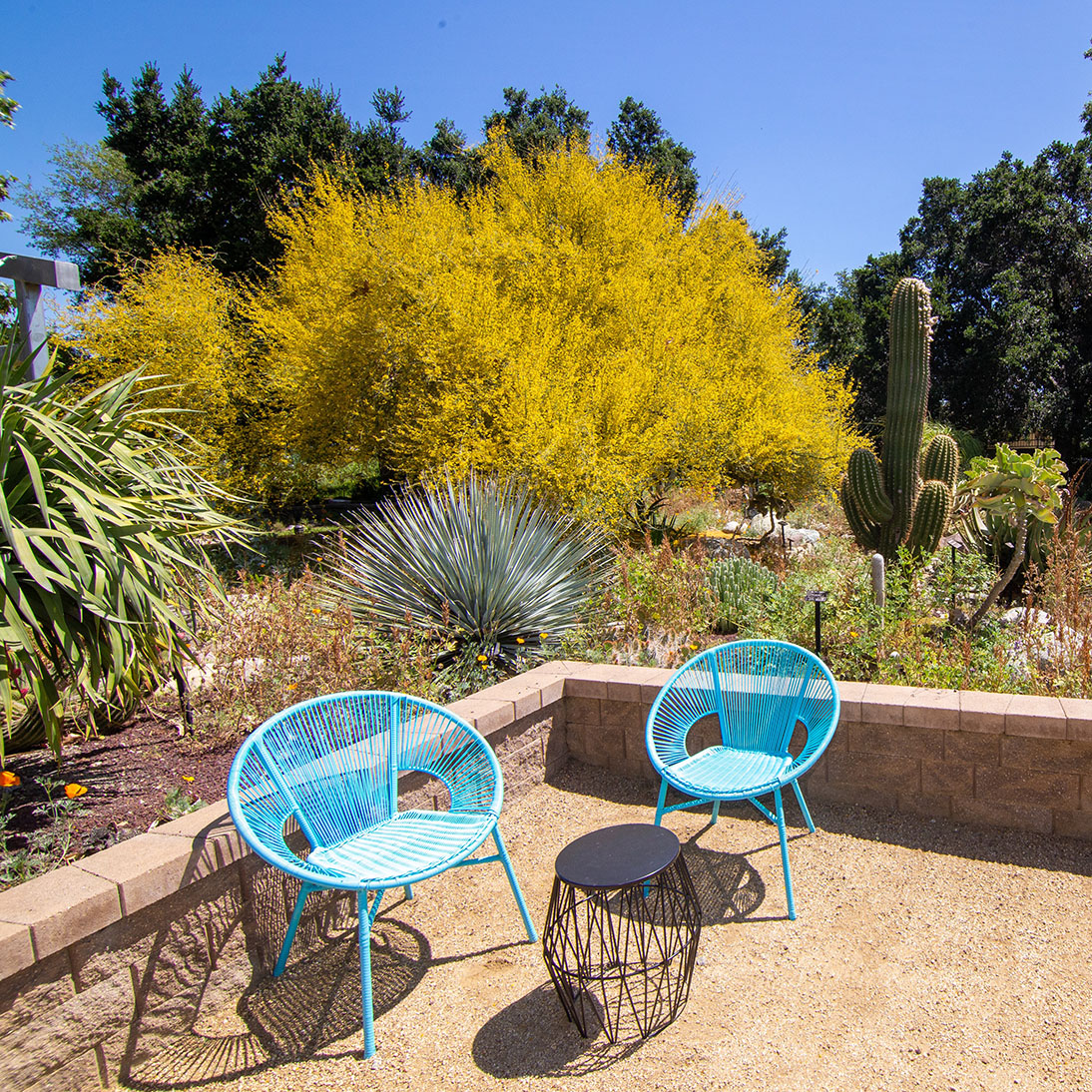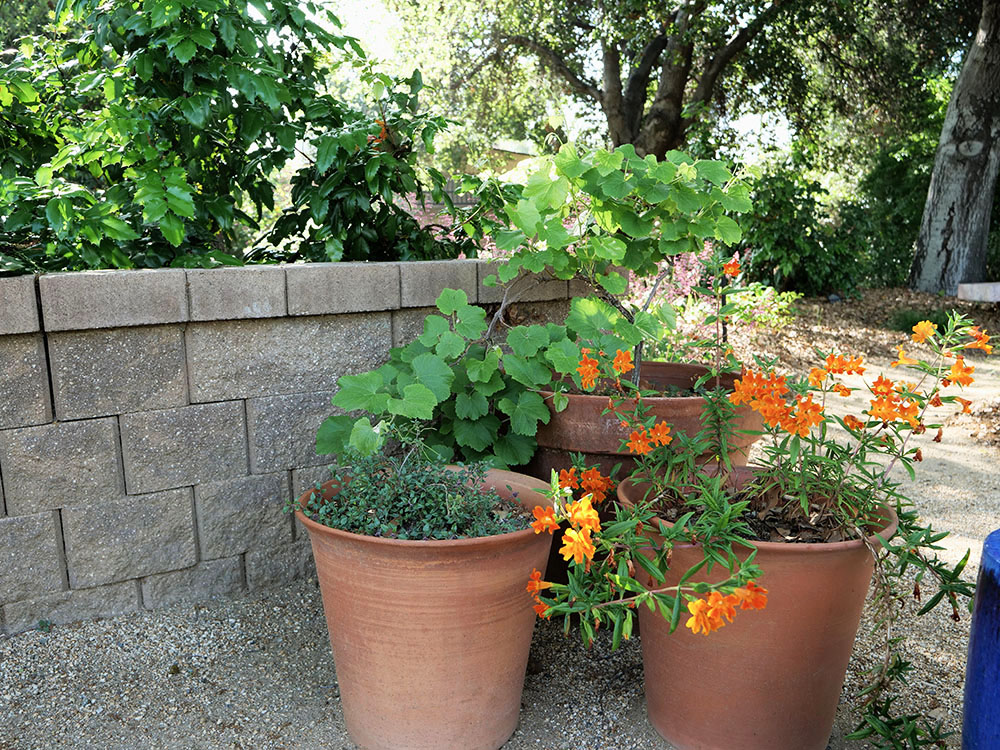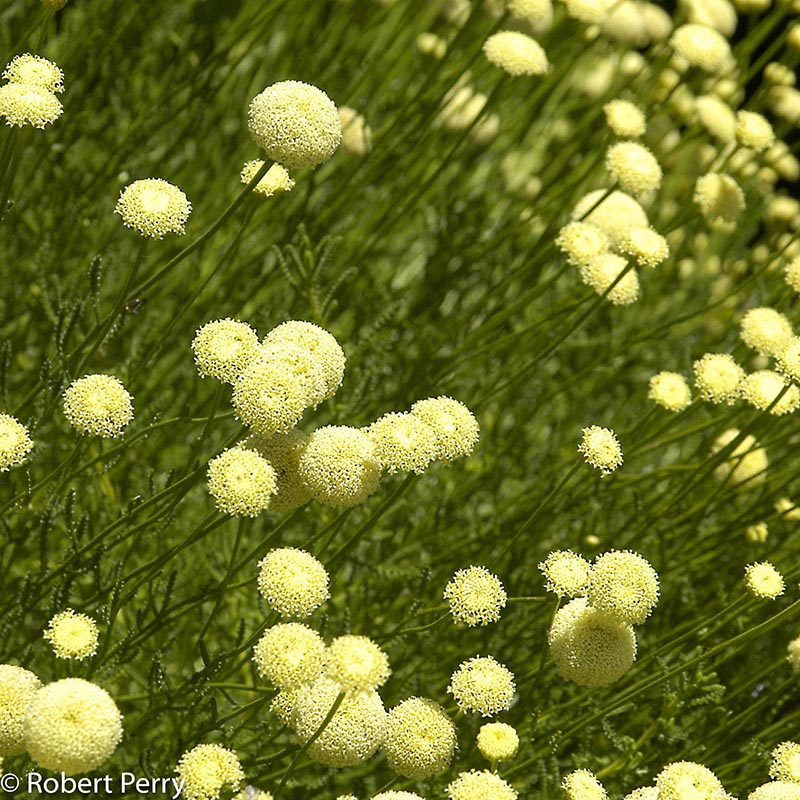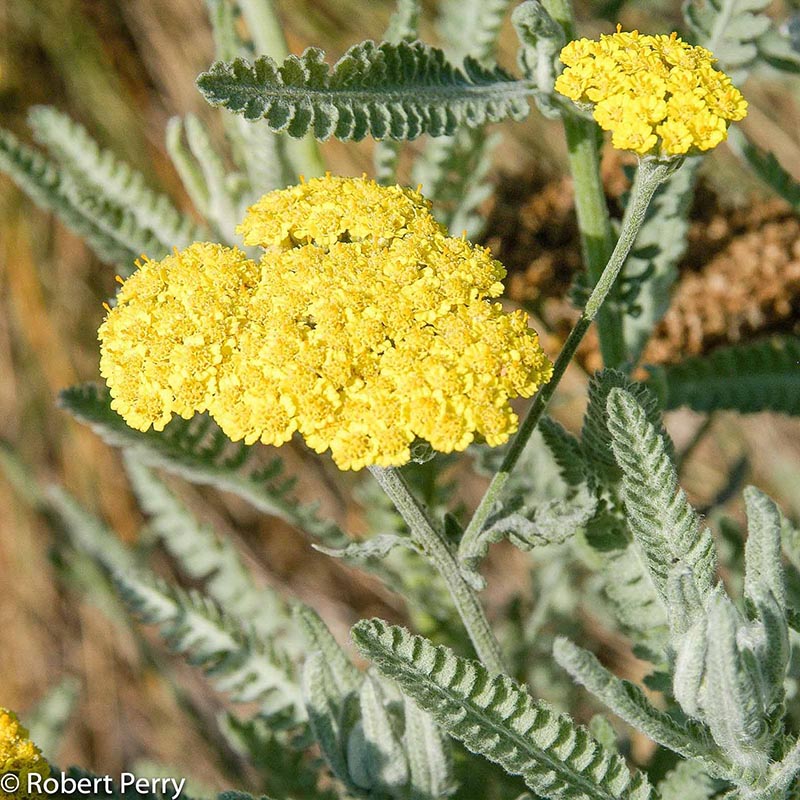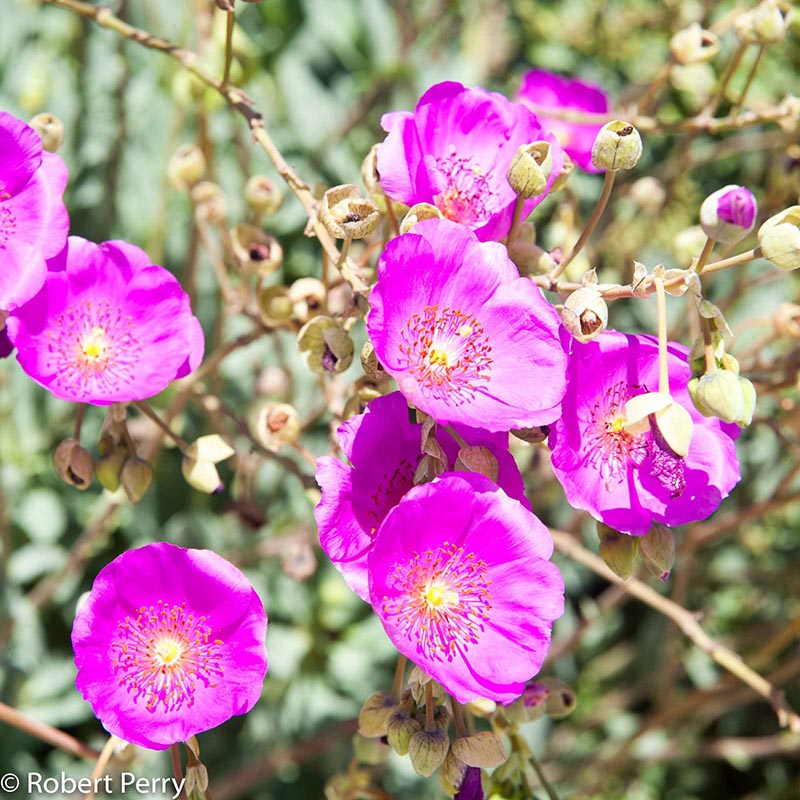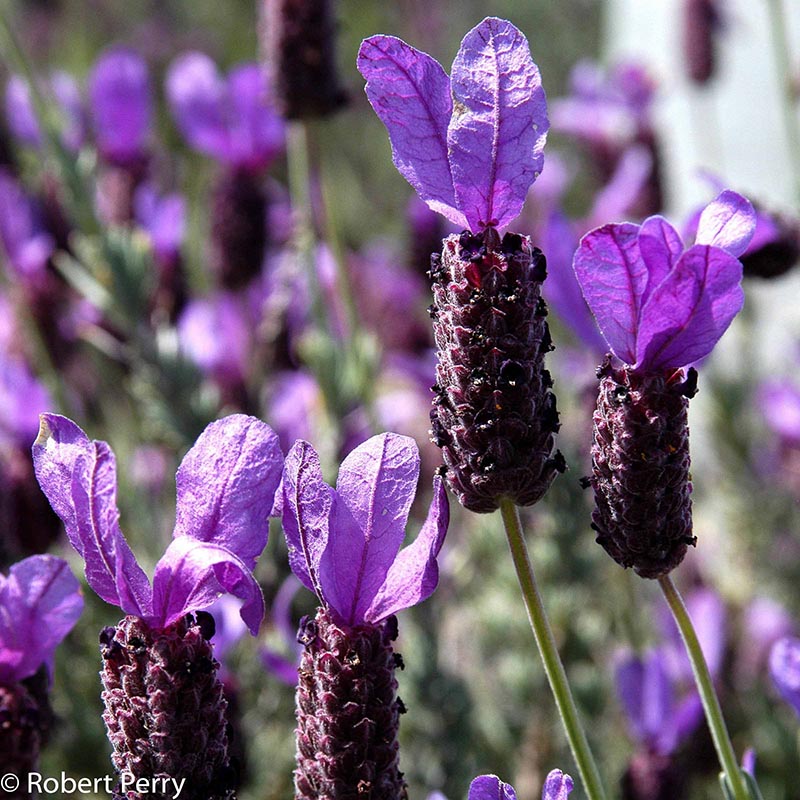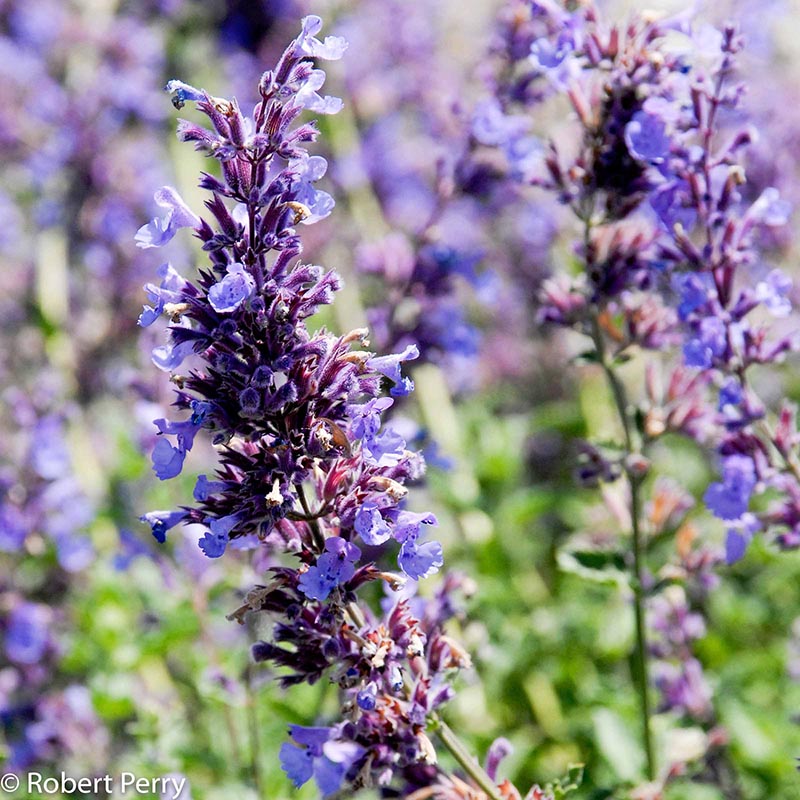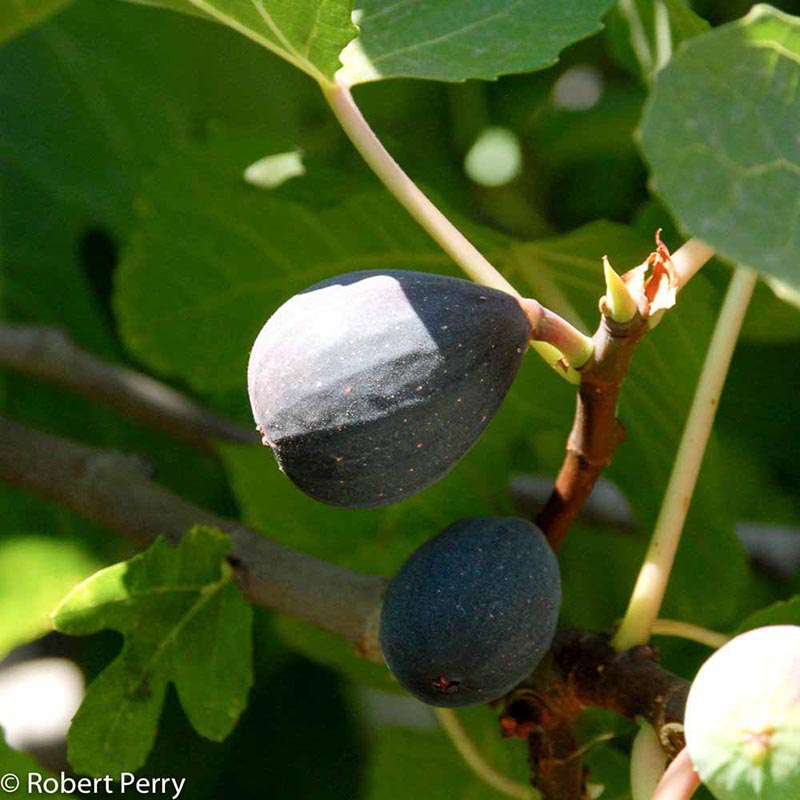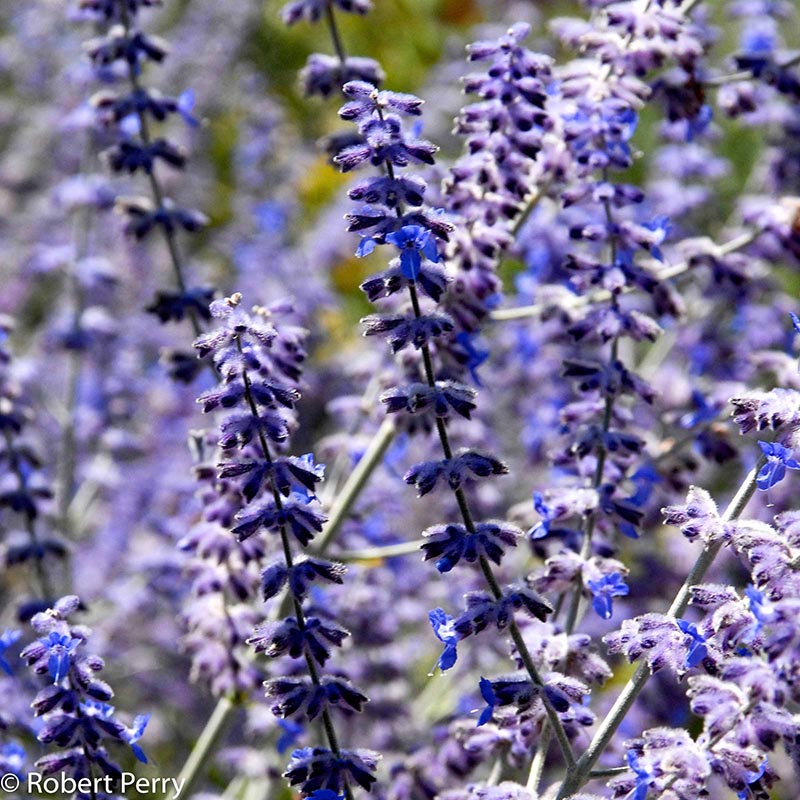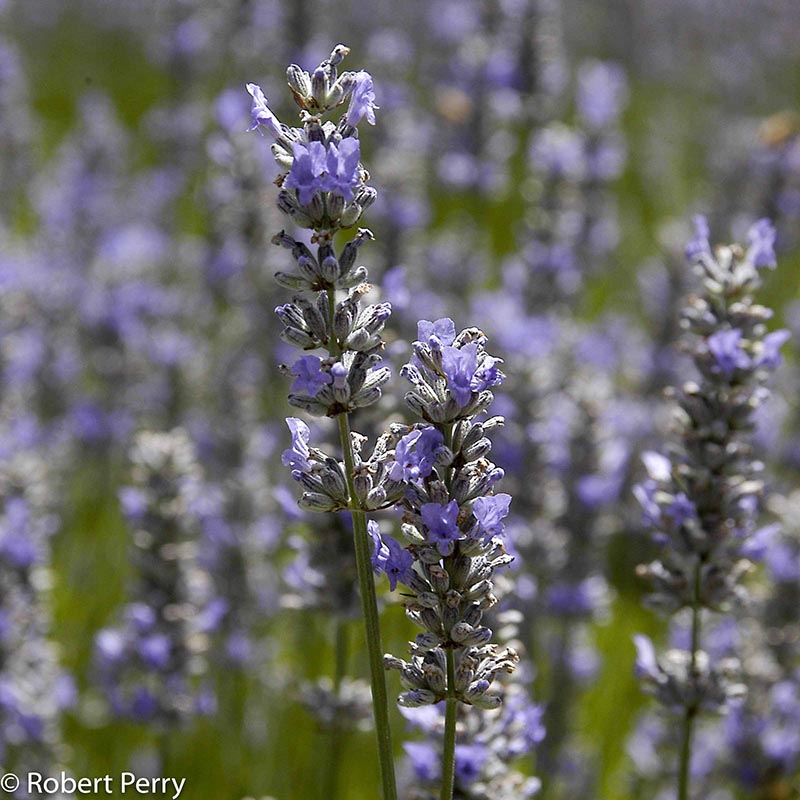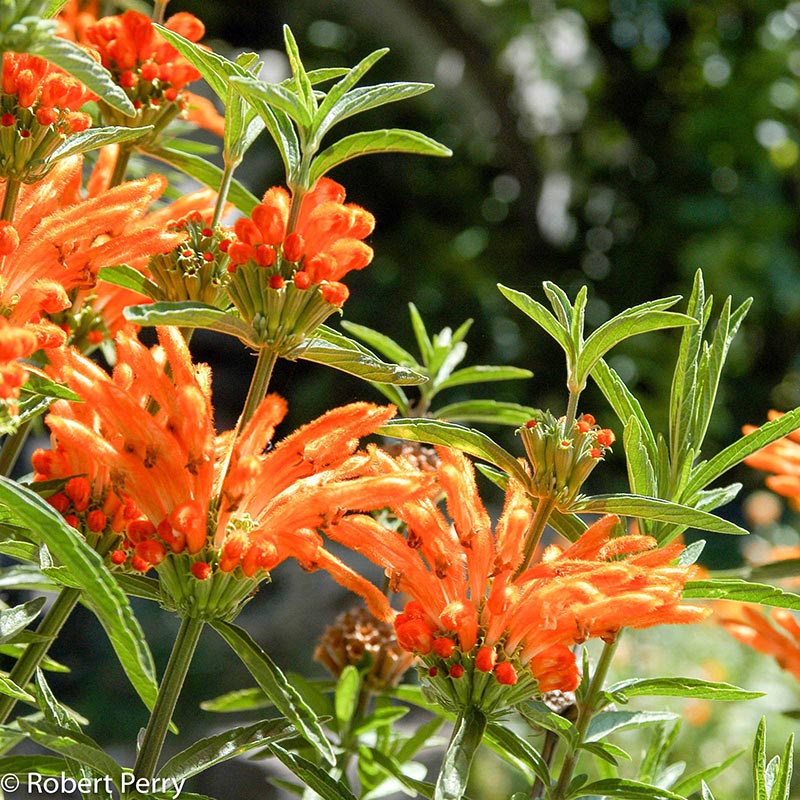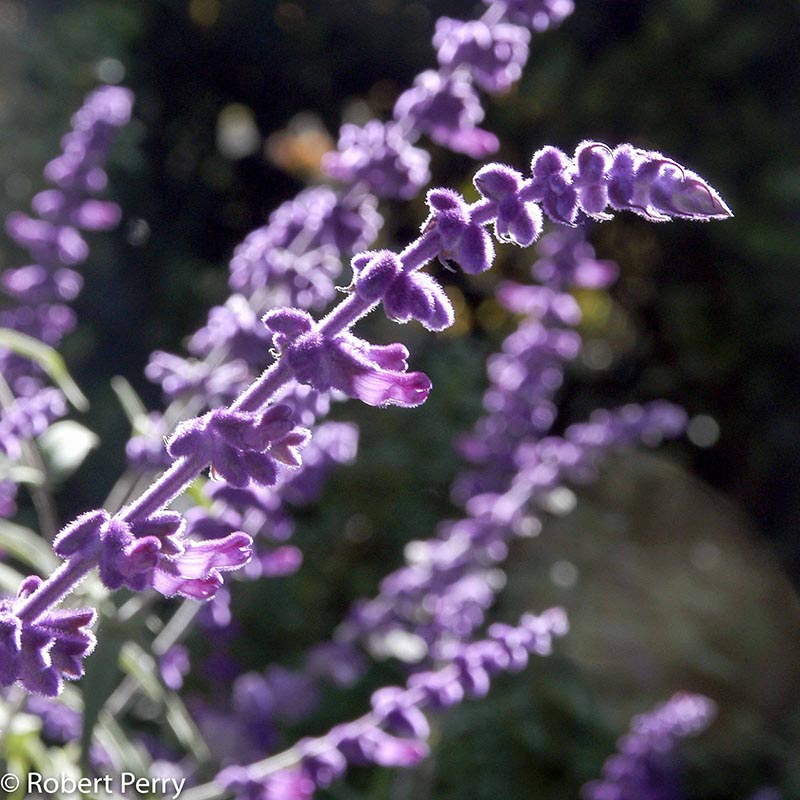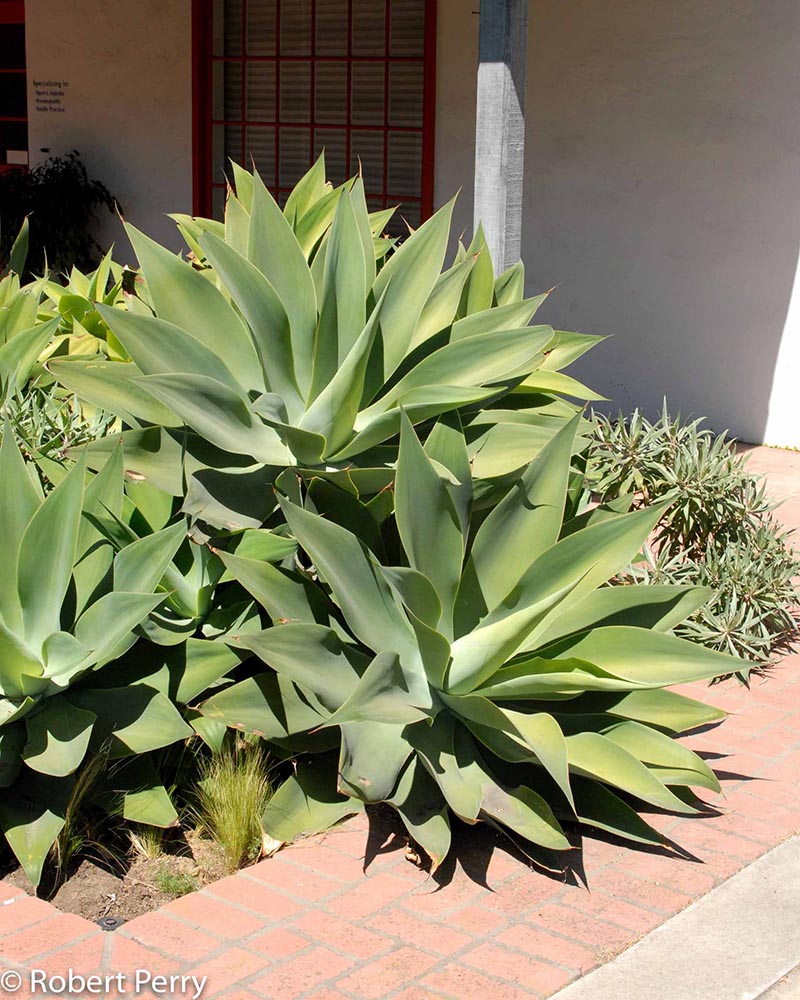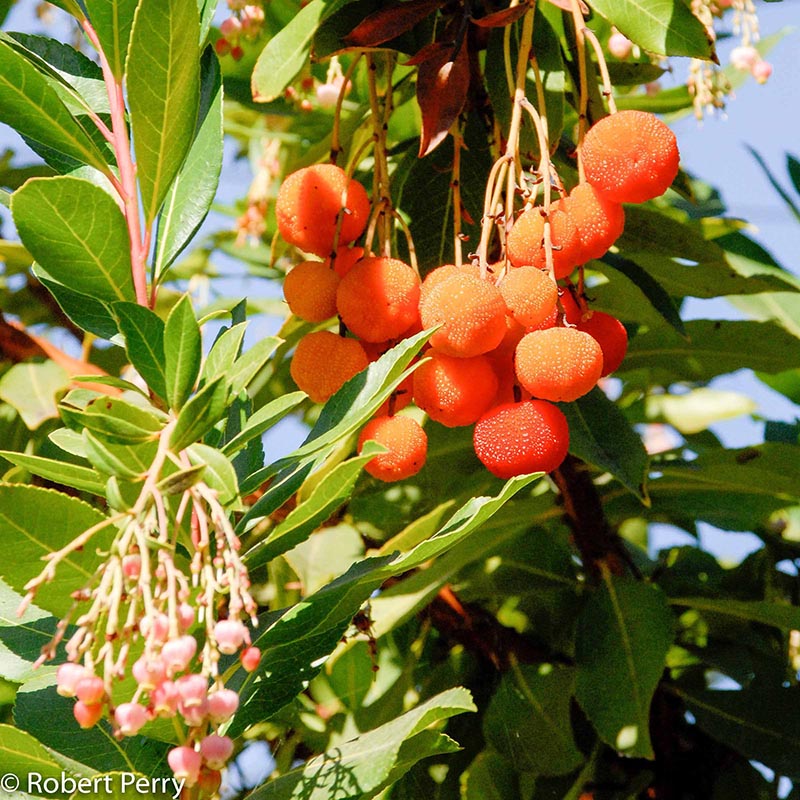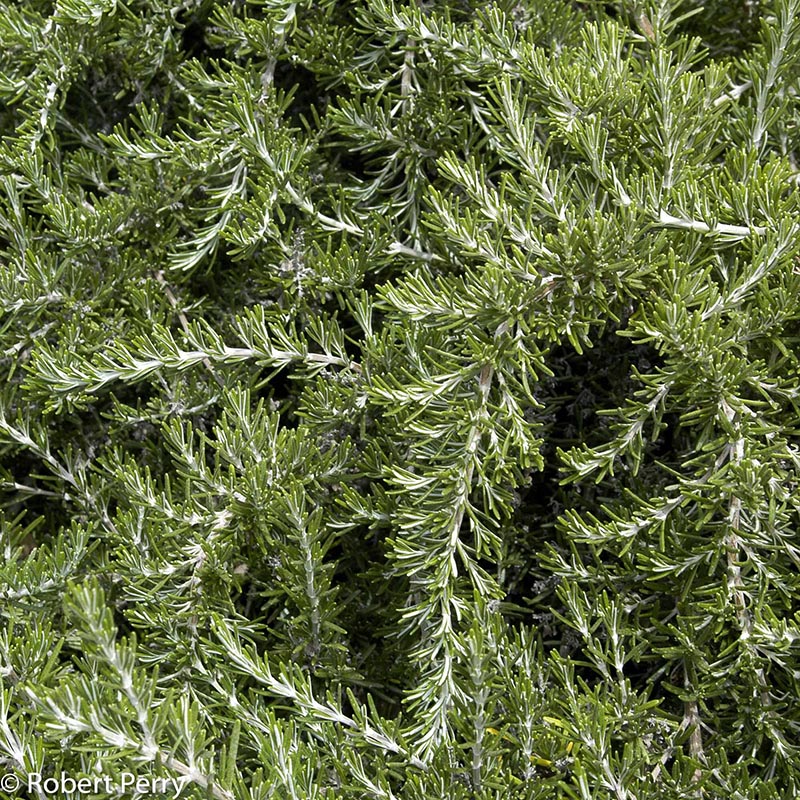Why Consider A Mediterranean Garden?
Mediterranean gardens provide the essence of Italy and Southern France with some of the classic low-water and easy-to-maintain plants from similar climates. While still waterwise, they require more water and provide fewer environmental benefits than landscapes focused primarily on California native plants. With a bit of research and planning, it is possible to combine many favorite Mediterranean plants, including easy-to-find favorites such as lavender and rosemary, with some of the more water-tolerant California native garden favorites.
ADAPTED TO OUR SEASONS
Mediterranean ClimatesAre Special
Although much of California has a dry climate, including our area, it’s not a desert! Technically, we live in a Mediterranean climate, defined by hot, dry summers, with almost all of our rainfall coming in the winter.
Only a few other places in the world share this weather pattern, including the Mediterranean basin and some parts of South Africa, Australia, and Chile. This is why many of the common low-water plants found in Southern California landscapes, such as lavender, rosemary, aloe, and lion’s tail, originate from these regions.
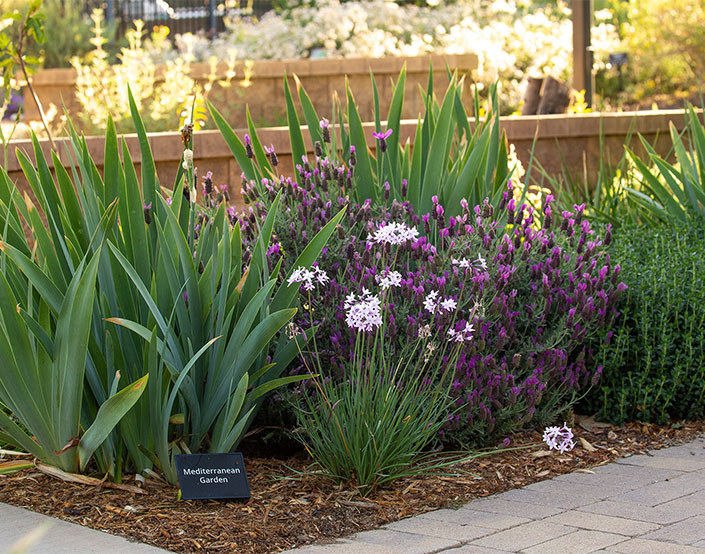
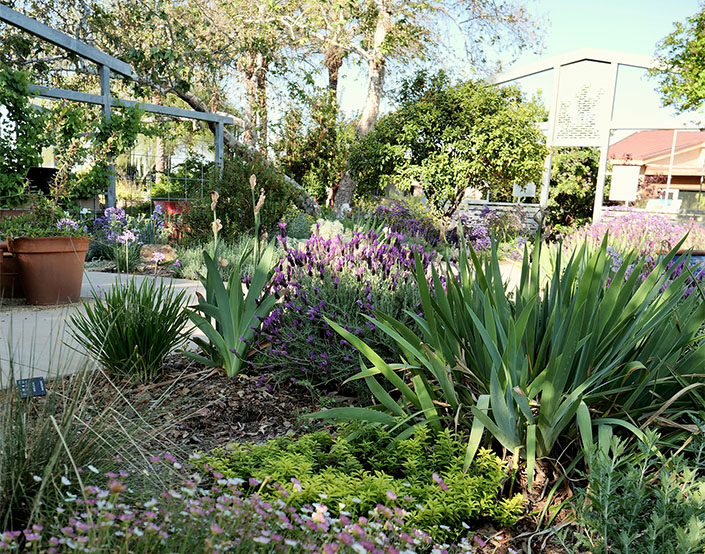
GET CREATIVE
Feel Free to Mix and Match
As long as you follow the “Right Plant, Right Place” principle, you can mix and match Mediterranean-climate plants, other waterwise plants, and some California native plants that can tolerate a bit of extra water.
Most established Mediterranean-style gardens in our area are deeply watered approximately every other week in the hot part of the year, so appropriately selected plants that are adapted to the location’s sun and drainage conditions should thrive together.
Completing the Look
